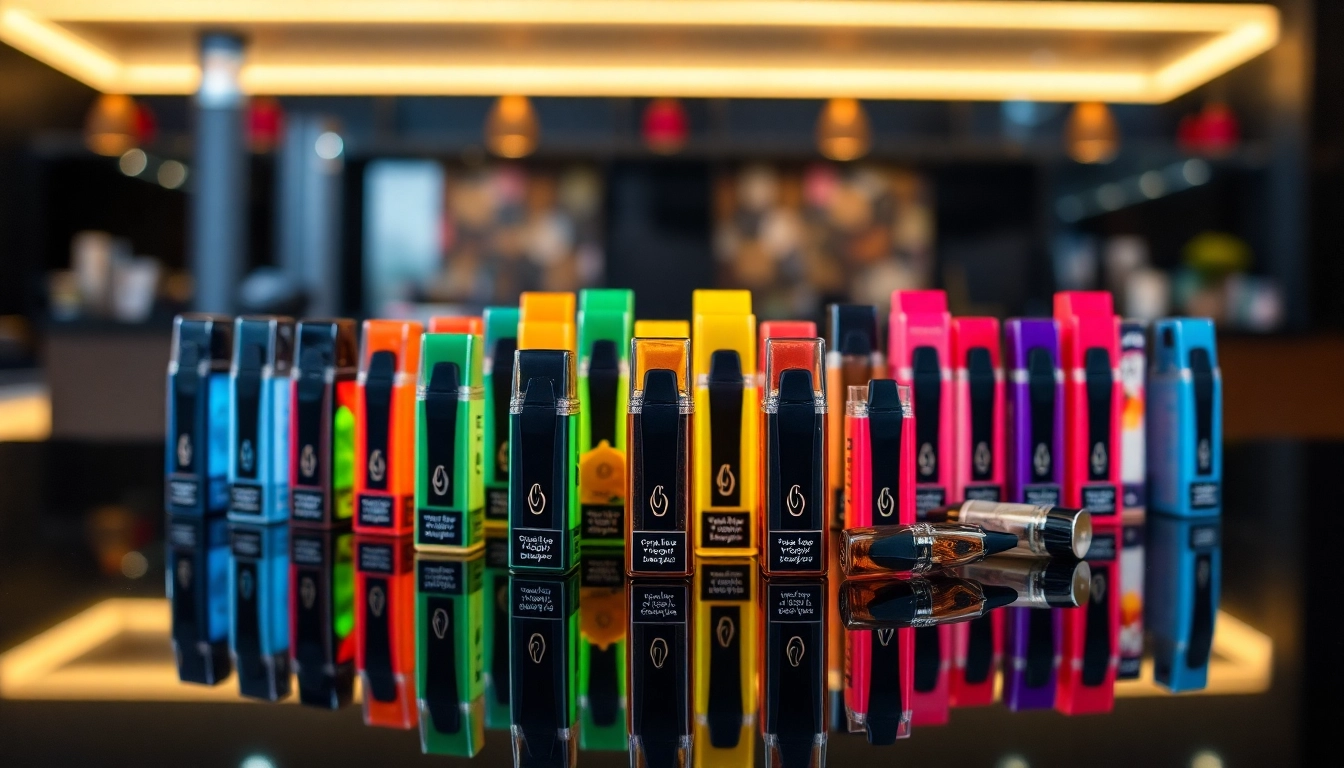Understanding School Poster Printers
When it comes to creating visually engaging materials for educational purposes, school poster printers play a crucial role. Understanding what these printers are, their features, and how they can be utilized in various educational settings can help educators and administrators make informed decisions about their printing needs.
1.1 What Are School Poster Printers?
School poster printers are specialized devices designed to produce large, high-quality prints suitable for educational purposes. These printers offer a range of features and capabilities, making them ideal for creating posters, banners, and signage that can enhance communication within schools. Unlike standard printers, school poster printers often accommodate various media types and sizes, allowing for creative flexibility.
1.2 Key Features to Look For
When evaluating school poster printers, several key features should be considered:
- Print Quality: Look for printers that deliver high resolution, typically offering at least 1200 x 1200 dpi for crisp images and text.
- Media Compatibility: A versatile printer should handle various media types, including glossy and matte finishes, as well as different paper sizes.
- Speed: For busy school environments, printing speed is important. Aim for printers that can produce multiple posters in a short amount of time.
- Cost-Effective Ink Solutions: Consider printers that offer high-yield ink cartridges or bulk ink systems to reduce long-term printing costs.
- User-Friendly Interface: A printer with an intuitive interface makes it easier for teachers and staff to operate without extensive training.
1.3 Common Uses in Educational Settings
School poster printers can be used for a variety of purposes in educational settings, including:
- Display Educational Material: Posters highlighting instructional content, such as math formulas or science concepts, can enhance the learning environment.
- Event Promotion: Schools often use posters to advertise events like science fairs, art shows, and sporting events.
- Inspirational Messages: Many educators use posters to display motivational quotes and messages that resonate with students and faculty alike.
- Awareness Campaigns: Schools can create posters for awareness campaigns on topics like bullying prevention and health promotion.
Types of School Poster Printers
Understanding the different types of school poster printers can help schools choose the right model for their specific needs. There are several categories based on printing technology, media size, and specialty functions.
2.1 Inkjet vs. Laser Printers
Two primary types of printers dominate the market: inkjet and laser printers. Both have their own advantages and drawbacks.
- Inkjet Printers: Ideal for producing vibrant colors and gradients, inkjet printers are excellent for posters that require detailed images or photographs. However, they may be slower compared to laser printers and can incur higher ink costs over time.
- Laser Printers: These printers are generally faster and more cost-effective for black-and-white printing. They are suitable for straightforward text-rich posters but may not achieve the same color depth as inkjet printers.
2.2 Large Format vs. Standard Size Printers
Another important distinction lies in the size of prints the printers can produce.
- Large Format Printers: Capable of printing on media up to 60 inches wide, these printers are perfect for creating large posters and banners. They often support various materials, including vinyl and fabric.
- Standard Size Printers: Generally limited to sizes like 11″x17″ or A3, standard size printers may be sufficient for smaller posters but could limit creative expression.
2.3 Specialty Printers for Creative Projects
For schools emphasizing creativity and artistic projects, there are specialty printers that cater specifically to unique needs:
- Fabric Printers: Textiles can be printed using fabric printers, allowing educators to create unique banners or wearable art forms, promoting hands-on learning.
- 3D Printers: While not traditional poster printers, these devices allow for the creation of three-dimensional educational tools, enhancing interactive learning experiences.
Finding the Best School Poster Printers
With numerous options available, choosing the best school poster printer requires careful consideration. Here are strategies to help you assess potential printers effectively.
3.1 Evaluating Brand Reputation
Before making a purchase, research various brands to gauge their reputation within the educational community. Brands with a long-standing presence and positive feedback are likely to offer reliable products. Look for manufacturers specializing in educational printing solutions, and consider reaching out to fellow educators for recommendations.
3.2 Comparing Pricing and Options
Budget considerations are always essential in educational settings. When comparing printers, analyze not only the initial purchase price but also the cost of consumables (ink, paper, maintenance). Many brands offer different models at various price points, so find a balance between cost and features that meet your school’s needs.
3.3 Reading Customer Reviews and Testimonials
Reading reviews from other users can provide valuable insights into the performance and reliability of school poster printers. Check educational technology forums, online retail sites, and social media to gauge satisfaction levels. Look for reviews that mention specific use cases, such as classroom projects or school events.
Best Practices for Using School Poster Printers
Using school poster printers effectively requires knowledge and best practices that can enhance the quality and usability of printed materials. Here are some recommended strategies:
4.1 Preparing Your Designs for Printing
Before hitting print, ensure that your designs are optimized for print quality. Use high-resolution images and maintain the correct color settings. Familiarize yourself with software like Adobe Illustrator or Canva that provide templates specifically for posters. Check dimensions and margins to ensure that key content fits well within the print area.
4.2 Choosing the Right Paper and Materials
The material you choose plays a significant role in the overall look and longevity of your posters. Options include:
- Glossy Paper: Ideal for vibrant colors, often used for promotional posters.
- Matte Paper: Great for text-heavy posters and avoids glare under bright lights.
- Canvas and Fabric: Perfect for durable outdoor banners or artistic projects.
Consider the specific environment where the posters will be displayed and select materials that will withstand wear and tear.
4.3 Post-Printing Tips for Presentation
After printing, how you present your posters can impact their effectiveness:
- Mounting: Use rigid backing or frame your posters to enhance professionalism.
- Positioning: Ensure posters are eye-level and placed in high-traffic areas for maximum visibility.
- Maintenance: Clean posters regularly to maintain their visual appeal, especially if they are placed outdoors.
Measuring Success with Your School Posters
Once your posters are printed and displayed, it’s important to measure their success. Understanding engagement metrics can guide future projects and improvements.
5.1 Analyzing Engagement and Impact
Assessing the engagement levels of your posters involves gathering data on reader interactions. This could include monitoring foot traffic to displays, recording student inquiries about posted materials, or conducting surveys on poster effectiveness. Engage students and teachers to understand how the content resonates.
5.2 Gathering Feedback and Making Improvements
Feedback is a vital part of the learning and improvement process. Create structured ways to gather opinions, such as surveys or focus groups, to explore what works and what doesn’t. Use this information to refine designs, topics, and presentation methods for future projects.
5.3 Expanding Your Printing Capabilities
As your school’s needs evolve, consider expanding your printing capabilities. This might involve investing in more advanced printers or exploring digital printing technologies that can accommodate more creative projects. Collaborating with students or faculty to innovate in design can foster a more dynamic educational environment.



